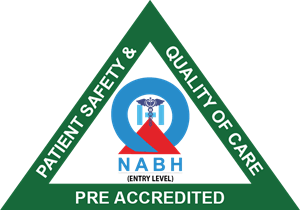- Home
- About
- Specialities
Centers of Excellence
- Facilities
- Procedures
Procedures
- Doctor List
- Health Packages
- Contact


Arthroscopy (ahr-THROS-kuh-pee) is a procedure for diagnosing and treating joint problems. A surgeon inserts a narrow tube attached to a fiber-optic video camera through a small incision — about the size of a buttonhole. The view inside your joint is transmitted to a high-definition video monitor.
Arthroscopy allows the surgeon to see inside your joint without making a large incision. Surgeons can even repair some types of joint damage during arthroscopy,
Doctors use arthroscopy to help diagnose and treat a variety of joint conditions, most commonly those affecting the:
Conditions treated with arthroscopy include:
Arthroscopy is a very safe procedure and complications are uncommon. Problems may include:
Although the experience varies depending on why you’re having the procedure and which joint is involved, some aspects of arthroscopy are fairly standard.
The type of anesthesia used varies by procedure.
You’ll be placed in the best position for the procedure you’re having. This may be on your back or on your side. The limb being worked on will be placed in a positioning device, and a tourniquet might be used to decrease blood loss and enhance visibility inside the joint.
Another technique to improve the view inside your joint involves filling the joint with a sterile fluid. This expands the area around the joint.
One small incision is made for the viewing device. Additional small incisions at different points around the joint allow the surgeon to insert surgical tools to grasp, cut, grind and provide suction as needed for joint repair.
Incisions will be small enough to be closed with one or two stitches, or with narrow strips of sterile adhesive tape.
Arthroscopic surgery usually doesn’t take long. For example, arthroscopy of the knee takes about an hour. After that, you’ll be taken to a separate room to recover for a few hours before going home.
| -- | -- |
Get to know our dedicated group of board certified doctors with exemplary qualifications, here to assist you on your healthcare journey.
These are stories that involves resilience, persistence & personal strength. Overcoming odds, difficulty and of course challenges of health, these stories ought to inspire us to look beyond the difficulties because there is always more to our lives than just challenges


You can choose to walk in to meet our doctors in their OPD or better still to book your appointment on line. You don’t need to wait. We have specialists in almost all fields of modern medicine.
We have rendered services in Homoeopathy for over 5 decades.
© copyright 2021 | All rights reserved